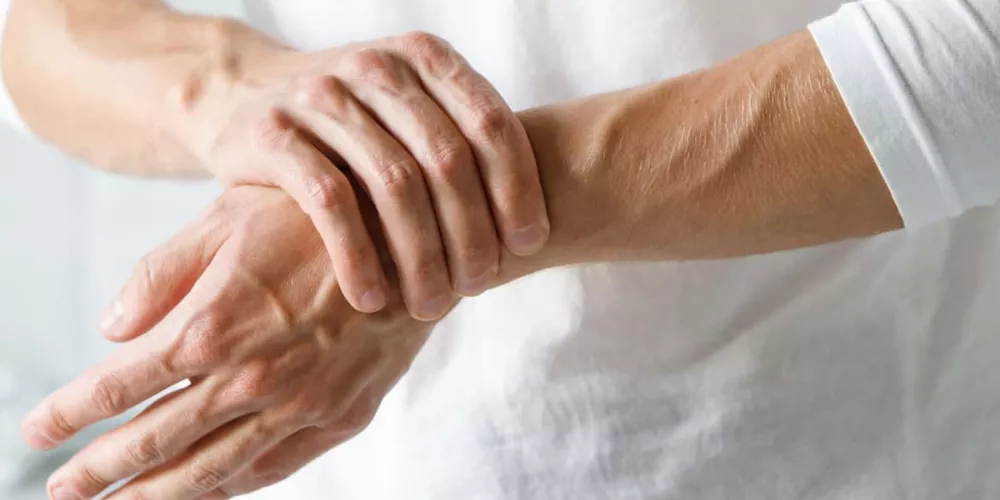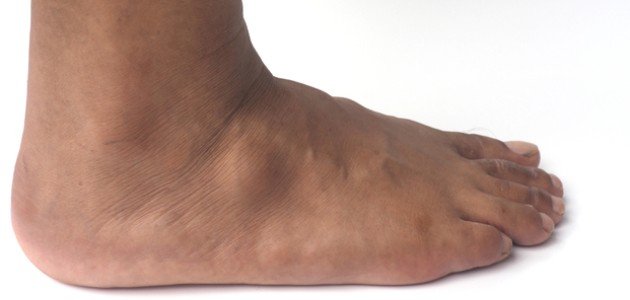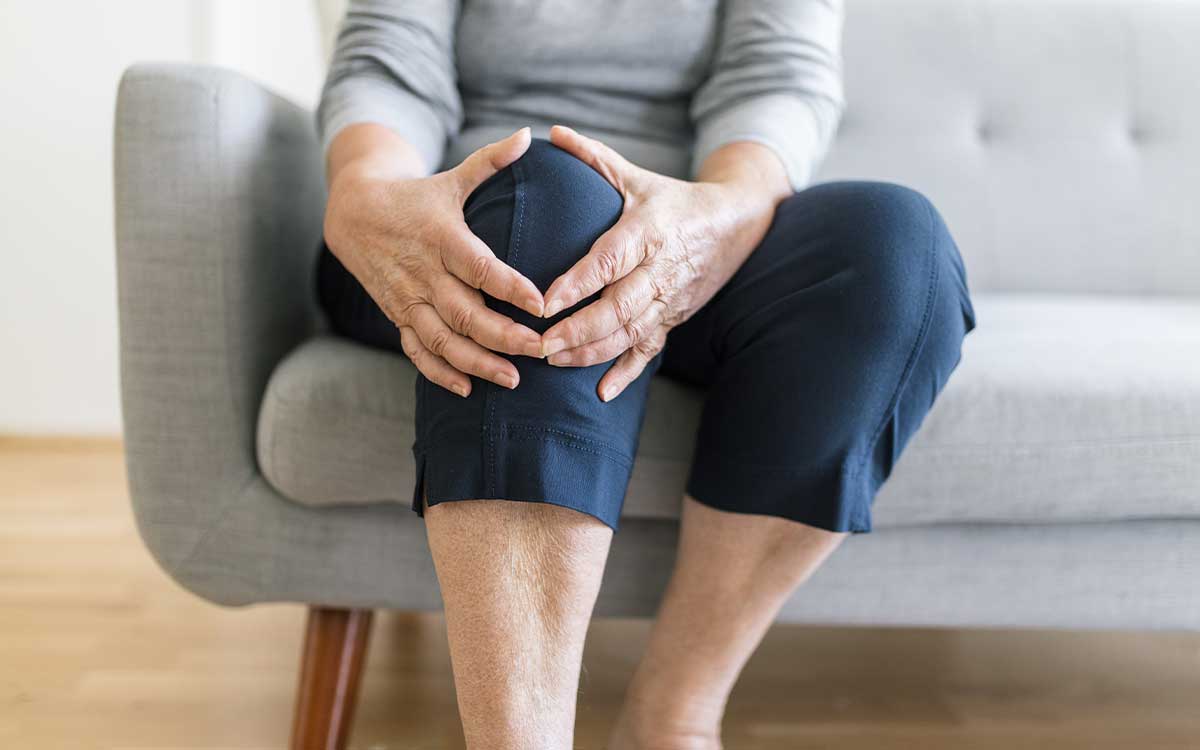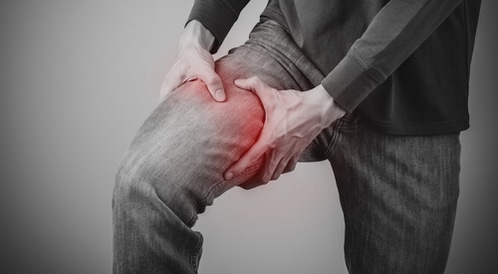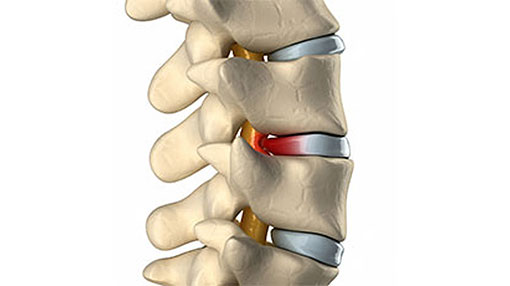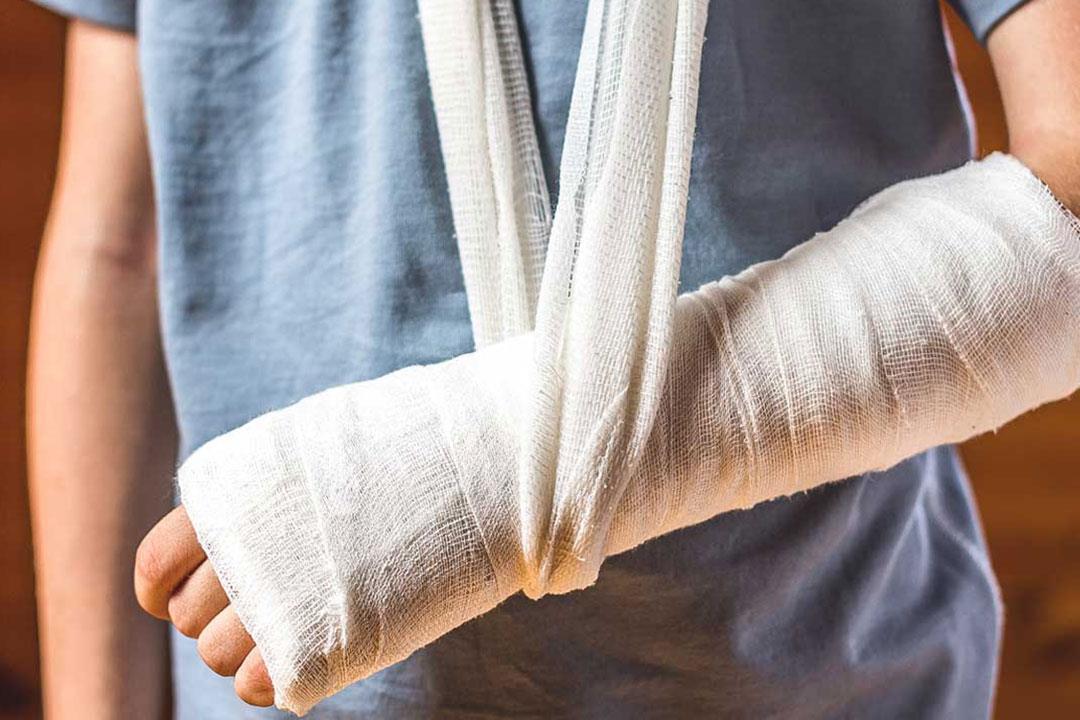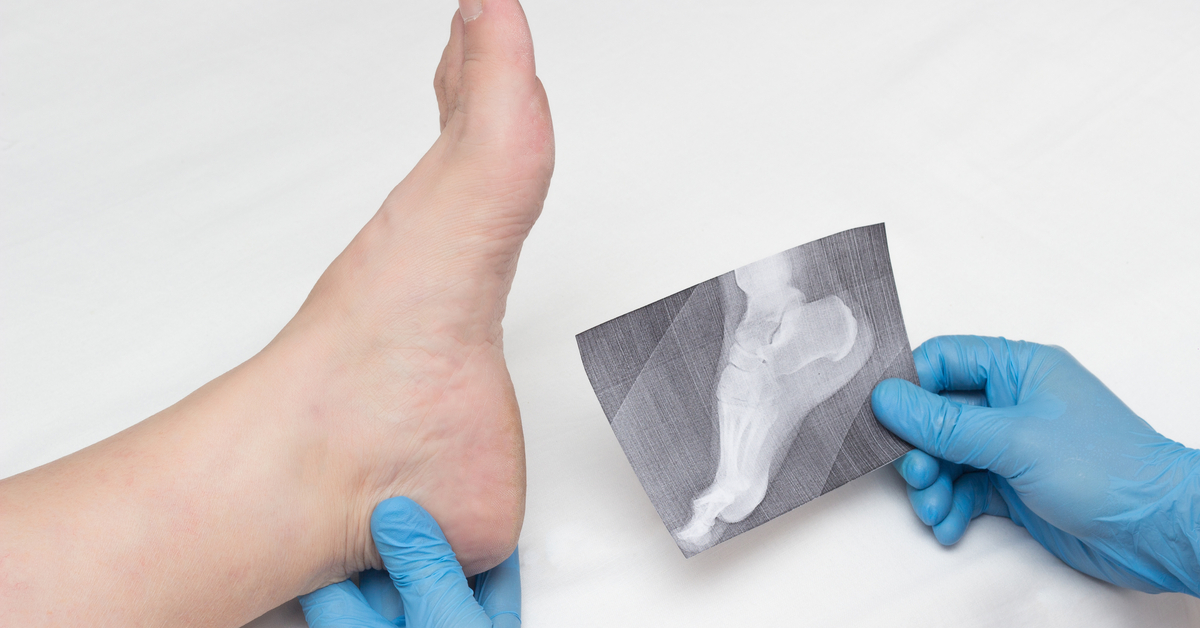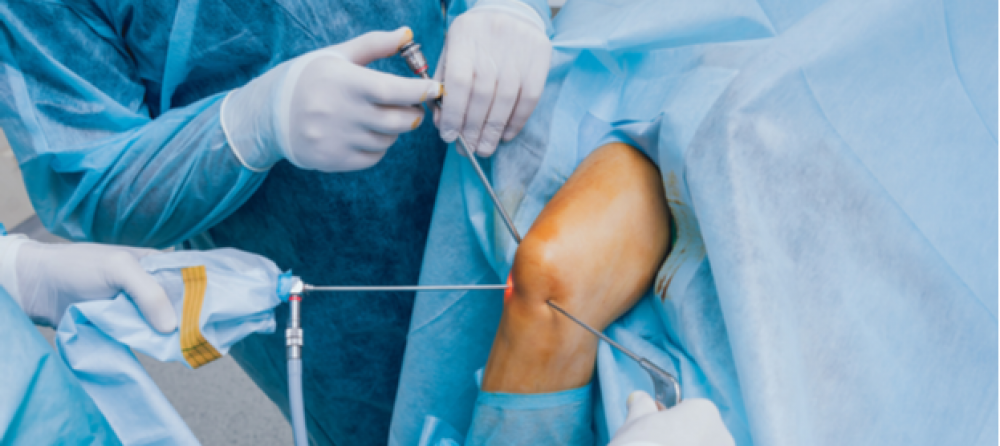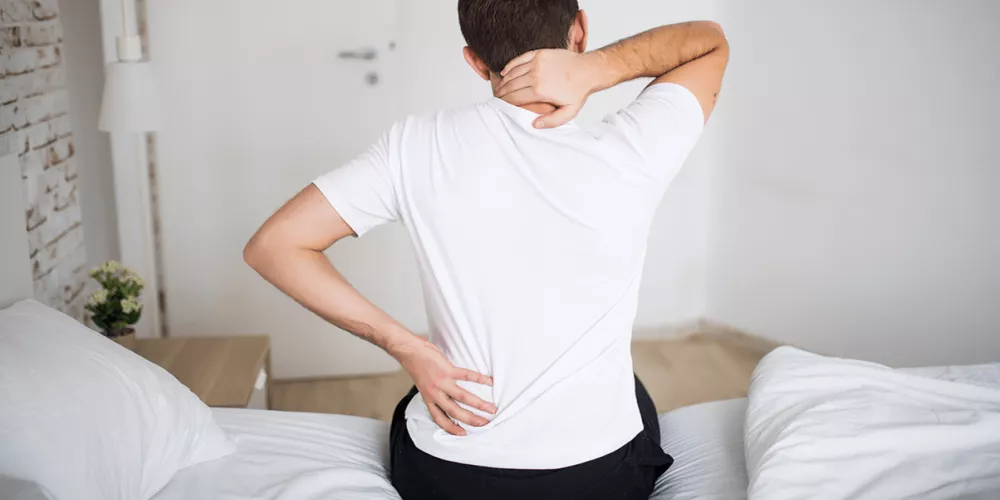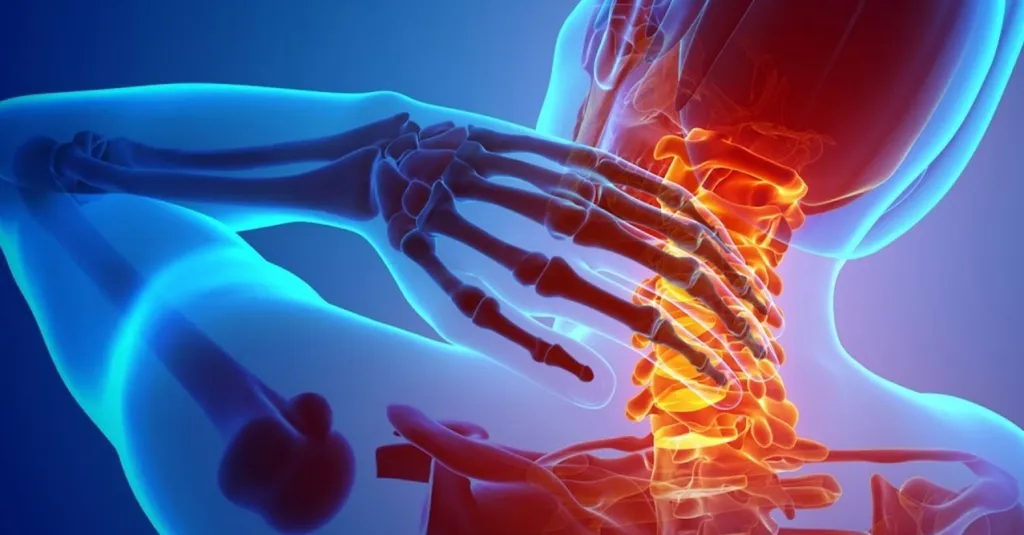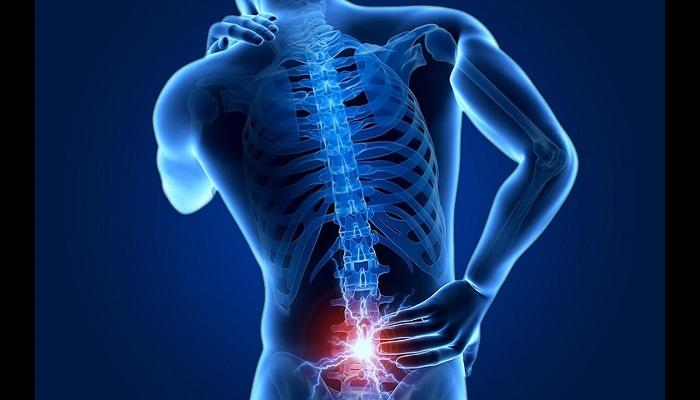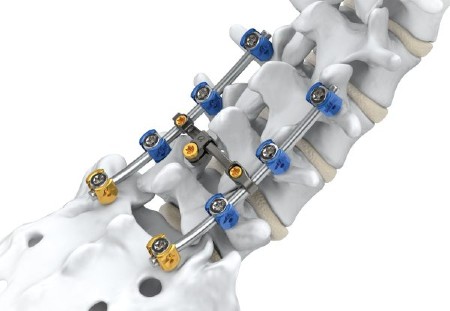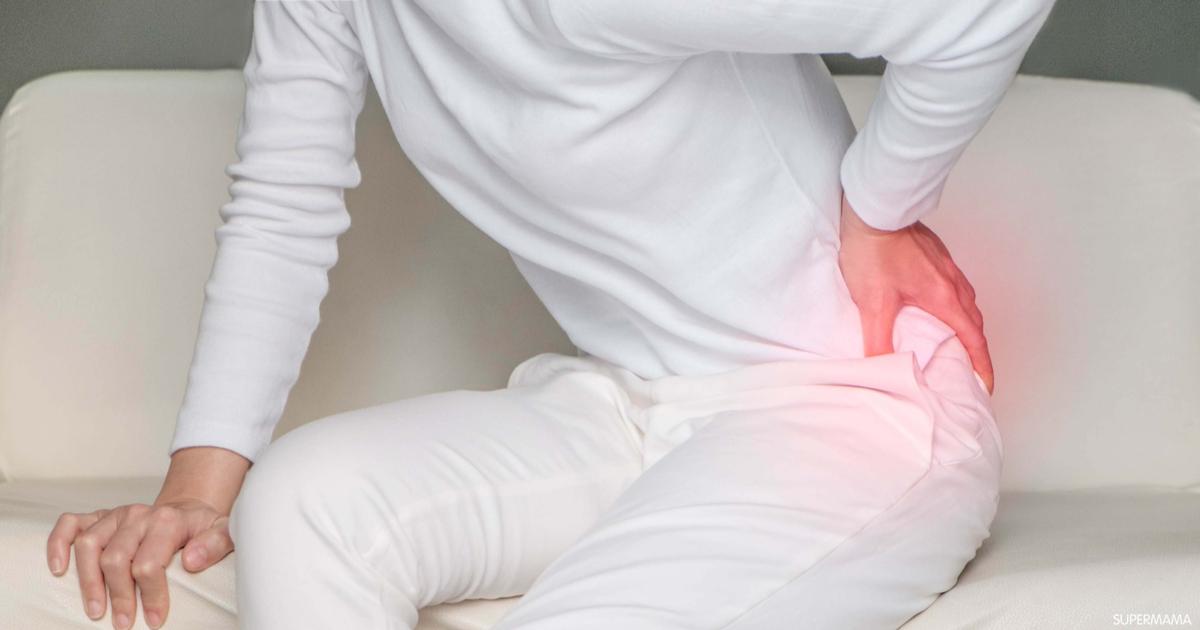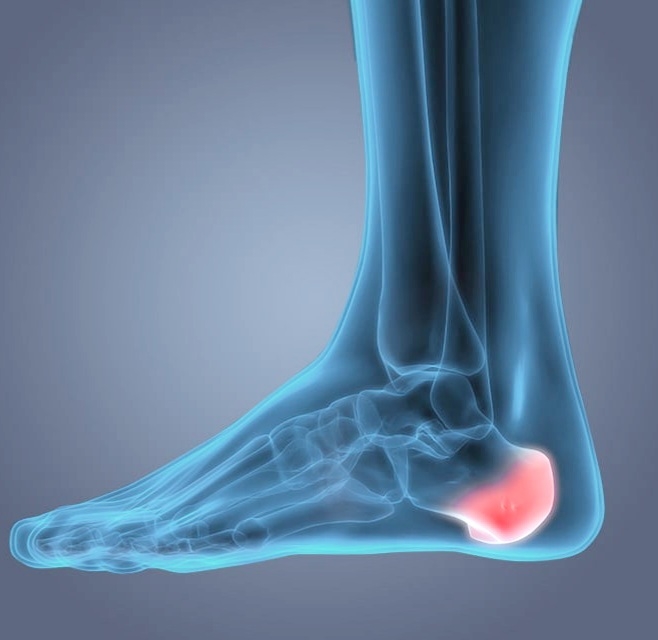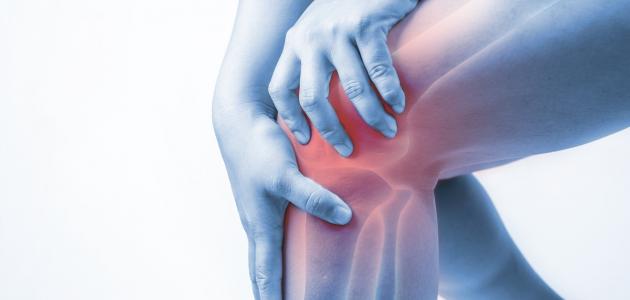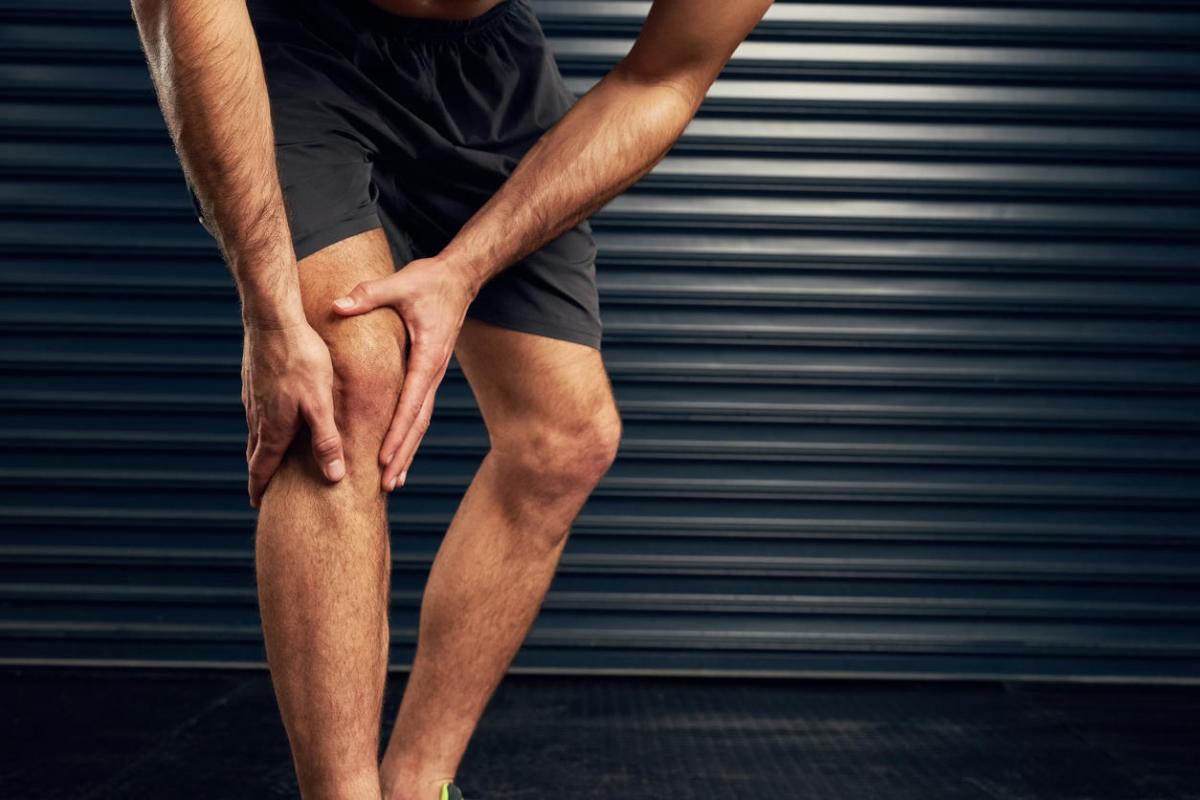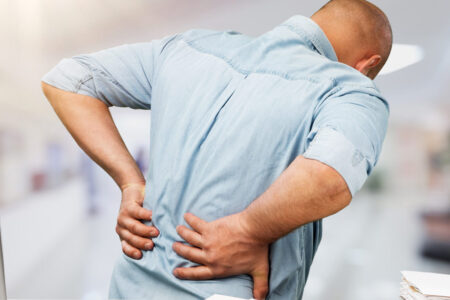What are the symptoms of knee roughness?
Many people around us suffer from knee roughness, but they are unable to know it clearly because they are ignorant of its symptoms, and here is the following article that will clarify a lot of information regarding this matter, so let us read the following.
What are the symptoms of knee roughness?
Many symptoms occur to the individual indicate that he has knee roughness, and the symptoms may vary greatly according to the causes, some symptoms appear as a result of exposure to an injury, and here the symptoms are in a specific area, and other symptoms that are a result of rheumatoid arthritis, and here are some of the symptoms of knee roughness:
- Feeling severe pain in the knee area.
- swelling and inflammation
- Redness in the area of the skin around the joint.
- A sensation of heat coming out of the knee area.
- Severe, tingling-like pain.
- Numbness in the knee area.
- Bruising and severe bleeding.
- Deformation of the joints, such as the appearance of scoliosis.
- Tenderness and weakness of the muscles surrounding the joint.
- Joint instability.
The cause of knee roughness
Many reasons may lead to an individual suffering from knee roughness, and here are some of them:
knee injuries
An individual may suffer an injury in the knee area or the surrounding tissues, which causes the joint to not be able to perform its function well, and among the injuries that lead to knee roughness:
- Injury to the cartilage surrounding the joint: One of the reasons for this is that part of the affected cartilage may get stuck inside the joint, which affects the movement of the joint completely.
- Sprain of the ligaments surrounding the joint: Any sprain, even if it is a small percentage, affects the ligaments supporting the knee joint, and this may cause its roughness, as this leads to swelling of the joint and the inability to move it normally.
- Ligament rupture: ligament rupture causes bleeding within the joint, which leads to swelling and difficulty in movement.
- Knee fractures: Exposure to fractures causes the bones to come out of their proper place, which causes knee roughness, but in this case, it may be prevented by following the knee rehabilitation program that the doctor does well.
Rheumatoid arthritis
As rheumatoid arthritis is an autoimmune disease in which the immune system attacks the healthy joints of the body and causes damage to them, and this causes joint inflammation and deformation over time, and this may also cause roughness of the knee.
There is no complete cure for rheumatoid arthritis, but it is possible to reduce the severity of its symptoms and prevent serious developments in the future.
Osteoarthritis
Degenerative arthritis mostly affects the elderly over 65 years of age, as this is a result of the wear of the cartilaginous material that protects the joint, and its symptoms include pain, inflammation, and popping sounds when moving.
In this case, the treatment works to replace the tissues and fluids lost by the joint, in addition to the need to lose weight in the event of obesity to reduce pressure on the joints, and in advanced cases, surgical intervention may be required in which the doctor completely replaces the joint.
Lupus
It is also classified as an autoimmune disease, and this is due to immune cells attacking body tissues such as muscles and joints. This disease cannot be diagnosed because its symptoms are similar to many other diseases, and accordingly, no proper treatment is received for it, which leads to serious complications over time.
Gout
This occurs as a result of the accumulation of a large proportion of uric acid inside the joint, and most often it concentrates on the knee joints and the feet. Gout attacks at intervals of time and go away on its own, and gout treatment relieves pain and prevents complications over time.
Bursitis
This occurs as a result of swelling and inflammation of the small serous sacs that are present inside the joint, and whose work is mainly based on preventing bone and tendon friction, and it is treated by taking a rest and not moving the affected area, and most likely bursitis focuses on the following areas:
- shoulder joint.
- pelvic joint.
- The knee joint.
- ankle joint.
- elbow joint.
Bone cancer
This is an abnormal growth in body tissues and is one of the rarest causes of knee roughness, but it is very dangerous and requires immediate surgical intervention.
Knee roughness treatment with olive oil
According to many studies that have been conducted, olive oil has proven effective in relieving knee and bone pain in general, as it is considered a natural anti-inflammatory and is parallel in its effect to non-steroidal anti-inflammatory drugs such as aspirin or ibuprofen, and its effectiveness in treating knee roughness is due to the following reasons :
- It contains an oleocanthal enzyme: which works to inhibit enzymes that increase inflammation, and this is the same idea as the anti-inflammatory ibuprofen.
- It contains antioxidants: Olive oil is a very rich source of monounsaturated fatty acids, especially phenolic compounds that contain antioxidant properties that contribute significantly to reducing pain and inflammation.
- Contains oleic acid: Olive oil contains a large percentage of oleic fatty acid, which in turn reduces inflammation, which in turn reduces pain.
How to use olive oil to treat knee roughness
In order to ensure the best results from olive oil in the treatment of knee roughness, apply it by following these steps:
- Warm the olive oil and massage it on the knee area for a while, then tie it with a piece of cloth.
- Adding some essential oils that contain beneficial properties in reducing inflammation to it, as 10 to 15 drops of essential oil are placed on two tablespoons of olive oil, then the knee is massaged with this mixture well.
The best treatment for the roughness of the knee and joints
Treatment of knee roughness by medical methods
Natural therapy
Through this, some exercises are described that the individual performs in order to reduce the pressure on the knee joint and reduce friction and pain, as these exercises directly target the muscles and ligaments and work to strengthen them and increase their flexibility.
Physiotherapy exercises that the doctor prescribes differ from one case to another according to age, the extent of disease development, and weight, and if the patient suffers from obesity, he must lose excess weight to reduce the pressure on the joints.
In addition, it is indispensable for both cold and warm compresses, and they are used alternately with the other, as this greatly contributes to relieving inflammation and pain that affects the joints of the individual, and it also makes him able to move more easily without facing difficulty in that.
Pharmacotherapy
Pharmaceutical methods are not dispensed with in the treatment of knee roughness even while following any other methods of treatment, and this is due to its great role in reducing swelling and severe pain immediately until other methods yield results that are mostly in the long term.
There are many ways in which the drug treatment is taken, it may be in the form of tablets or creams that are applied to the knee, and in most cases, the doctor may inject the knee joint with some anti-inflammatory such as cortisones or hyaluronic acid.
Surgical treatment
When the previous methods are not effective in any way with the patient and do not relieve the pain he feels, in that case, surgical intervention is the best solution that can be followed in order to get rid of the pain, and the doctor removes the eroded tissues or bone spurs or completely changes the knee joint.
Knee roughness treatment with honey
Honey is one of the most popular types of anti-inflammatory that is known among many people and recommended by many doctors, and this is because it contains a large number of vitamins, antioxidants, and infections.
The honey treatment method is applied by boiling cinnamon, sweetening it with honey, and drinking it daily until the feeling of relief and tumors subside, in addition to the possibility of putting some water on honey and rubbing the knee with it well twice a day.
Knee roughness treatment with natural herbs
There are many methods by which knee roughness is treated, but the herbal treatment method has proven effective for a very long time in addition to its ease of application and low price. Here are some of the herbs that are involved in the treatment of knee roughness:
- Willow bark: The treatment is received from this herb by drinking, as it has magical results in alleviating the severity of pain, but it is criticized for its danger to some people who suffer from problems in the digestive system or patients with diabetes and liver and children under the age of 18 years, in addition to those who take Treatment for blood thinners.
- Ginger: It significantly reduces swelling and redness of the joints, and this is why it is indispensable in the treatment of knee roughness, and it is taken in many forms, as it may be boiled or as ginger tea, nutritional supplements, and powder, in addition to the possibility of eating the roots.
- Turmeric: Its importance is because it contains curcumin, which plays an effective role in reducing inflammation and reducing symptoms of knee roughness, arthritis, and osteoporosis.
- Cinnamon: It can be eaten in many ways because it has many uses, and its importance is due to the fact that it contains antioxidants and inflammation.
- Cat’s claw: This plant can be obtained from South America, in addition to its availability in the form of food supplements. This plant contributes to reducing pain and the ability to move naturally without facing any joint problems.
Does walking sport affect the roughness of the knees?
Walking does not harm patients with rough knees, but provided that it is not for long periods of time without taking a break, as walking greatly helps to lose weight, which relieves pressure on the knee joint, and walking increases the strength and suppleness of the muscles surrounding the knee joint.
Tips for knee roughness patients to follow when walking:
- Do not walk in high heels or sandals and use sports shoes.
- Avoid inclined and uneven lands because they require more effort.


